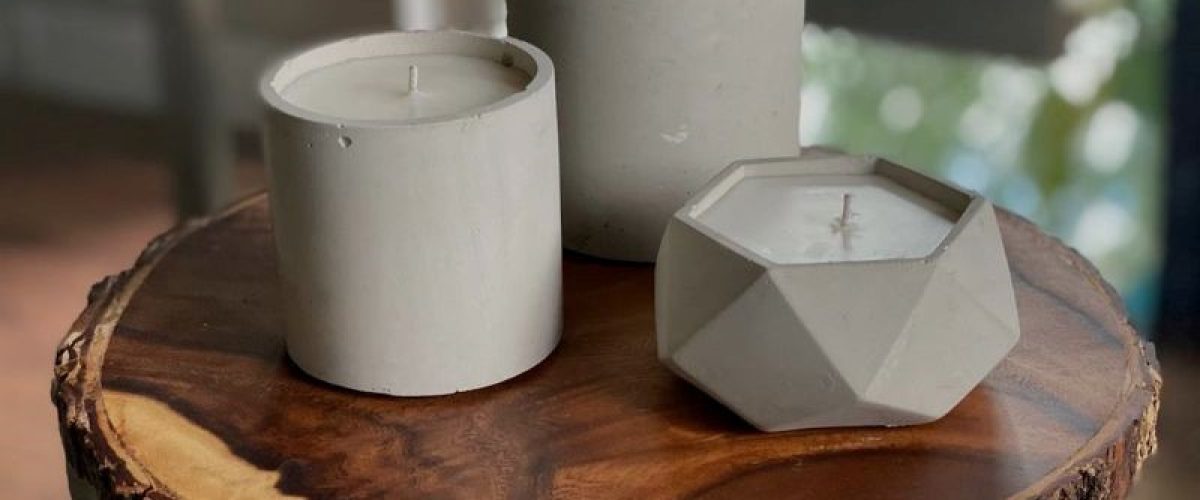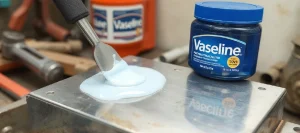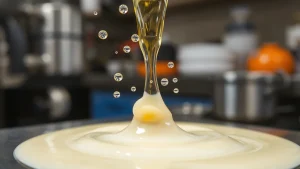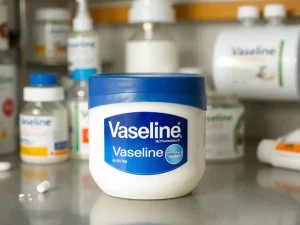Difference between 1% paraffin and 3% paraffin
Maybe this material is used by you and you intend to know more about it, so stay with us. What are the types of paraffin and what is the difference between 1% paraffin and 3% paraffin? Paraffin is extracted from oil or coal in petrochemical industry and is a saturated hydrocarbon compound in which all the carbon atoms in it are connected to each other by simple bonds and create paraffin. In this article, we discuss about the difference between 1% paraffin and 3% paraffin.
Paraffin or paraffinic hydrocarbons are called alkanes. In other words, the property of these materials is that the carbon atoms are connected by simple bonds and other bonds are saturated with hydrogen atoms.
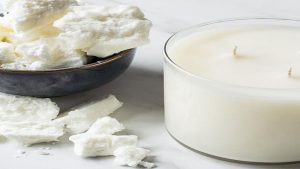
What is paraffin?
Paraffin can be described as a petroleum substance that can be found in the market in both liquid and solid forms in short. Solid paraffin has a jelly state and is sometimes known as paraffin wax.
In fact, whenever we talk about paraffin wax, we means solid paraffin. Edible paraffin can be used in the treatment of many diseases and in the medical industry such as taking medical images from body. Paraffin is used instead of lubricants in the industry and it is used in all kinds of creams and sunscreens in the hygienic industry.
Paraffin wax exists as a white, odorless and tasteless wax with an ordinary melting point between 46 and 68° C (115 and 154° F) and a density about 900 kg/m3. Paraffin is not soluble in water, but it is soluble in solvents such as ether, benzene and some esters.
The difference between 1% paraffin and 3% paraffin
you should pay attention to various points when you want to purchase paraffin, one of the most important of which is its color, hardness and percentage of fat. These items can have many effect on the price of paraffin. For example, the price of paraffin with 1% oil is higher than paraffin with 3% and 5% oil, so the difference between paraffin can be in their fat percentage.
In general, 1%, 3% and 5% oil paraffin have different melting point, freezing point, color and softening point. Also, the lower the amount of paraffin oil, the closer its color is to white. So pay attention to differences between paraffin and its types for purchasing paraffin.
Applications of paraffin
It is interesting to know that this material can be seen everywhere in the life, paraffin is used in hygienic and cosmetic industry to food industry. So stay with us to introduce more applications of paraffin to you. The uses of paraffin are:
Candle Making
Coating for wax paper
The paraffin in the candle reduces the speed of melting in the candle, and making it is cheaper than other candles.
Hygienic & Cosmetics industry
Making all kinds of eyebrow pencils
Making color pencils
Producing wax for cosmetic and therapeutic purposes
Moisturizers in cosmetics such as Vaseline

- Making lubricants (lubricants are materials that are used to reduce friction between moving surfaces and make them move easier and smoother than usual)
- Food industry
- Various and beautiful colors that are used for preparing sweets and can be eaten
- Coating for hard cheeses such as Edam cheese
- Seal of many cans and bottles
- Antiozonant: A mixture of paraffin and other materials which is used in rubber compounds to prevent rubber from cracking.
- Anti-mildew agent in moisture and anti-dust
- Wavy wax compounds used to remove surface irregularities
- Solid fuel for multi-fuel rocket engines
- Foundry industries
- For concrete gap & rails
- It can prevent from oxidation of polished steel and iron surfaces
- Mechanical motive and thermostat as an opening device
- It reduces Microphonics of guitar pickups
- Wax mixture used for ski board
- A thickening agent for many paintballs used with Crayola
- Reducing deviation in the cement industry
- Ink for thermal printers

History of producing and using paraffin
It is interesting to know that paraffin wax was first discovered in the 1830s by a German chemist. He tried to build a device that could be used to analyze and purify the waxy substances naturally present in oil.
Meanwhile, he discovered paraffin accidentally. Paraffin is a great promotion in the candle industry because it is clean and works well and is cheaper and more economical than other candle raw materials. Pay attention to the difference between paraffin and its types.
Paraffin initially has a low melting point, but later it hardens with adding stearic acid, and this defect is removed. Producing paraffin increased in the early 20th century due to the development of meat and fat packing industry, which was followed by an increase in production of stearic acid.
Manner of producing paraffin
Be careful that the raw material for producing paraffin is loose wax, which contains a mixture of oil and wax. The first step in manufacturing paraffin wax is defatting or de-waxing (removing oil) from the loose wax.
Oil is separated by crystallization method. Usually, loose wax is heated, then mixed with one or some solvents such as ketones and then cooled. After it cools, the wax crystallizes from the solution and just the oil remains.
This mixture is divided into two solid and liquid parts, which are filtered into the solid part (wax in addition to some solvent) and the liquid part (oil and solvent). After the recovery of the solvent by distillation process, the resulting product is called wax (pressed wax).
The lower the percentage of oil in the wax, the longer it will take to purify. Some wax products require more processing to remove color and odor.
Finally, the wax can be mixed to achieve proper properties such as melting point and penetration. The difference between paraffin can be in their shape. For example, paraffin wax is sold in liquid and solid forms.
Nowadays, a new method called paraffin therapy has attracted the attention of people with the spread of paraffin. Paraffin therapy is a treatment method for problems such as arthritis and cracked skins. As a result of the thermal effect of this method, the processes of exchange and formation of biologically active substances increase.
Therefore, regeneration processes are stimulated in paraffin therapy and function of capillary is improved. The heat of paraffin also helps to reduce pain in the joints and increases blood flow in the area where it is located. Due to heat, a lot of water is removed from the skin and the epidermis layer is moistened.
This method is useful for reducing the effects of skin aging. Its benefits include restoring the ability of skim in keeping moisture, opening pores, improving sweat and sebaceous glands, increasing blood circulation, and relaxing.
Conclusion
Paraffin is one of the most demanded industrial chemical materials considering its applications in various fields. Many companies are active in buying and selling this material, but you should purchase from a reputable company to prepare a qualified and guaranteed product.
Also, be careful that the price of paraffin depends on the amount of customer demand and the amount of use. The type of paraffin is also effective in determining the price.


